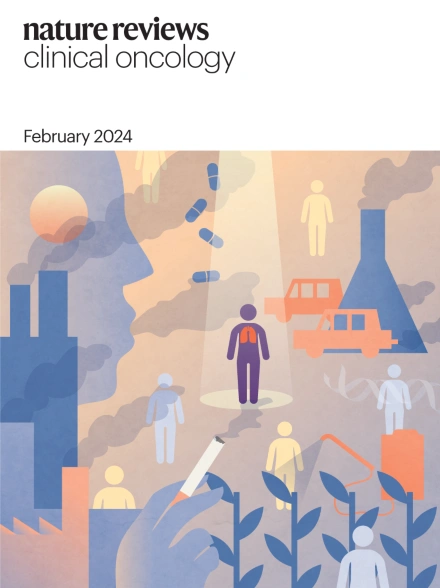Surrogate end points in oncology: aligning drug development incentives and patient needs
IF 82.2
1区 医学
Q1 ONCOLOGY
引用次数: 0
肿瘤替代终点:调整药物开发激励和患者需求
在一则挑衅性的新闻中;观点文章(Prasad, V.):肿瘤替代终点:从患者角度看速度与不确定性的权衡。奈特,克林牧师。Oncol. 22, 313-314 (2025))1, Vinay Prasad审查了患者调查数据,表明愿意等待16个月以获得药物疗效的中等确定性和22个月以获得高确定性。基于这些结果,他主张放弃替代终点,如无进展生存期(PFS),而更加重视晚期治疗,鼓励开发更少的抗癌药物,希望“真正的变革性药物”仍将被开发,只有“最边缘的药物”将被放弃。尽管我们的共同目标是最大限度地开发变革性药物,但Prasad提出的方法可能弊大于利。首先,离散选择调查的点估计不能完全捕捉到现实世界患者的有限选择和高度异质性的偏好。Prasad对PERSEUS试验的设计提出了批评,该试验招募了所有新诊断的多发性骨髓瘤患者,而不是只招募风险最高的亚组,但数千名可能从更广泛的纳入标准中受益的患者可能不同意这一点——这就是问题所在。患者有权从一组治疗方案中自由选择,这些方案没有作为政策偏好而不是基于证据而人为减少。对于一些患者来说,再等11-22个月等待新药批准,就意味着在他们剩下的生命中永远无法获得这种治疗。
本文章由计算机程序翻译,如有差异,请以英文原文为准。
求助全文
约1分钟内获得全文
求助全文
来源期刊
CiteScore
99.40
自引率
0.40%
发文量
114
审稿时长
6-12 weeks
期刊介绍:
Nature Reviews publishes clinical content authored by internationally renowned clinical academics and researchers, catering to readers in the medical sciences at postgraduate levels and beyond. Although targeted at practicing doctors, researchers, and academics within specific specialties, the aim is to ensure accessibility for readers across various medical disciplines. The journal features in-depth Reviews offering authoritative and current information, contextualizing topics within the history and development of a field. Perspectives, News & Views articles, and the Research Highlights section provide topical discussions, opinions, and filtered primary research from diverse medical journals.

 求助内容:
求助内容: 应助结果提醒方式:
应助结果提醒方式:


